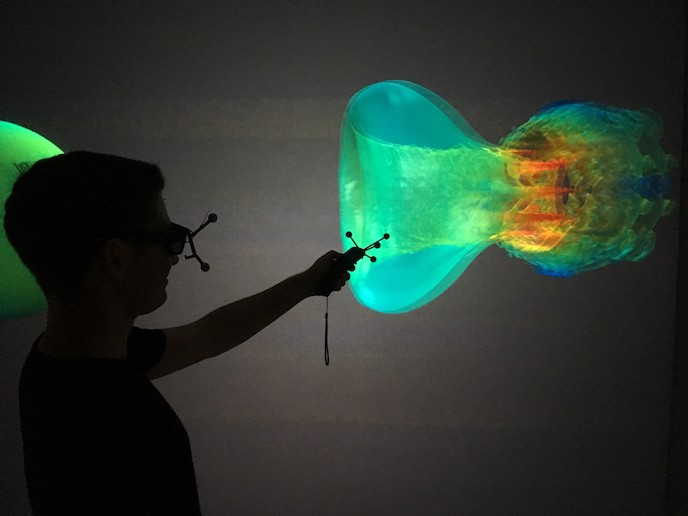Numerical tools make the design of novel fuel-injection equipment more cost-effective
Modern, electronically controlled fuel-injection systems that operate over a wide range of pressures and fuel compositions represent one of the key technologies for reducing pollutant emissions formed during the combustion from these liquid-fuelled transportation and power generation systems. “The common denominator in all the different designs currently available is the formation of multiphase flows that control fuel atomisation and the subsequent properties and mixing of the injected fuel sprays,” says Manolis Gavaises, scientific coordinator of the EU-funded HAoS(opens in new window) project and professor at the coordinating institution City, University of London. This research was undertaken with the support of the Marie Skłodowska-Curie programme(opens in new window).
Experiments using direct numerical simulations
Project partners worked on the development and experimental validation of computational fluid dynamics (CFD)(opens in new window) models by addressing the flow processes realised in fuel-injection equipment (FIE) for a broad range of combustion concepts. These include conventional gasoline and diesel fuel engines, gas turbines, rocket engines and fuel oil burners used in power generation. The partners’ core research subjects were flow phenomena such as the nucleation of bubbles during cavitation, flash boiling and water emulsion, as well as the further fragmentation processes of formed liquid structures. The researchers’ primary objective was to understand and model these processes under the framework of a large eddy simulation (LES)(opens in new window) CFD model. “In this approach, the aforementioned unresolved subgrid-scale (SGS)(opens in new window) processes require modelling while their effect on engineering scales at affordable computing timescales is achieved by numerical simulations,” explains Gavaises. Through tailored experiments and direct numerical simulations(opens in new window), they developed relevant SGS closure models. These models were then implemented in various LES codes. Team members considered specific phenomena, including the effects of cavitation bubble collapse on primary atomisation of diesel and gasoline fuels, bubble/vapour formation in liquid oxygen nozzles, and air/fuel oil mixture properties on atomisation in fuel oil burners, as well as the effect of liquid droplet aerodynamics, water emulsion, flow turbulence and droplet impact with surfaces on their fragmentation.
Industrial applications
The HAoS team validated the developed simulation tools against the newly obtained benchmark experimental data. Current state-of-the-art models lack these tools. Validation involved diesel and gasoline fuel injectors, air-blast atomisers, Y-jet atomisers used with oil burners and injectors used with cryogenic fluids for rocket engines. “Such comparisons demonstrate the applicability and added value of the developed models for internal combustion engines, gas turbines, fuel burners and even rocket engine fuel injectors,” concludes Gavaises. “As a result, these models will benefit industry and companies like fuel injection and combustion systems manufacturers that adopt them as design tools for developing new fuel-injection systems and combustion concepts.” In addition, HAoS results will benefit the wider fluid mechanics community, which will gain from the new-found physical knowledge of the link between in-nozzle multiphase flow and atomisation. Lastly, the project trained 15 early-stage researchers, fostering a new generation of scientists in FIE technology.







